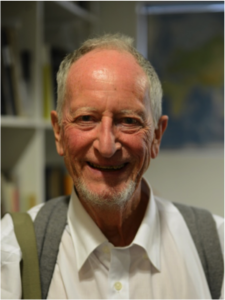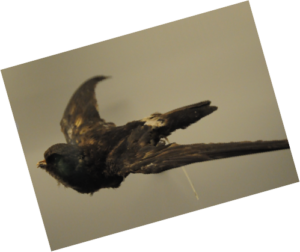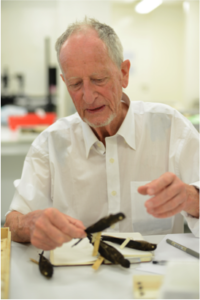



What do Southeast Asian birds have in common with an Earl? Are they birds of the same feather? That is the question in which this feature will seek to uncover.
Born in 1933, the current and fifth Earl of Cranbrook, Gathorne Gathorne-Hardy, is an ardent naturalist. He has made many regional scientific endeavours particularly in the field of ornithology and mammalogy, which are the study of birds and mammals respectively.
His enthusiasm in birds began when he was conscripted in the army during his posting in Germany in 1961. In his free time or periods of leave he would then embark on “country pursuits, which included birding”.
The Earl’s main ornithological passion is swiftlets. Swiftlets are small birds that masterfully catch insects on the wing and are famously known for their nest-building abilities using their unique saliva! These nests are harvested in large quantities and are a loved ingredient in traditional medicine and cuisine.
In Asia, harvesting of these nests is traditionally done in caves or on cliff clefts. But recently, efforts have been made to cultivate and harvest nests using artificial structures or ‘bird-houses’. These buildings are designed to simulate caves, which are located in or near town centres to attract passing swiftlets to roost.
This harvesting has led to a burgeoning industry in ‘farming’ swiftlets. The global bird’s nest industry is now worth $5 billion annually. There is widespread growth in this sector and Malaysia is one of the largest producers after Indonesia.
In addition to these famed attributes the Earl has made some pioneering discoveries on swiftlet behaviour! He was the first person to demonstrate echolocation by Malaysian swiftlets in 1956 and to test the swiftlets’ use of this faculty in avoiding obstacles in darkness whilst in Indonesia during the 1960s.
The Earl has written many Southeast Asian publications such as the Mammals of South-East Asia (1988) and Wonders of Nature in South-East Asia (1997). He has co-authored books Birds of the Malay Peninsula Vol 5 (1976) and the Swiftlets of Borneo: builders of edible nests (2002), with a second edition in 2014 reporting on specialised swiftlet studies of the 1990s.
His prolific discoveries and publications of the world of swiftlets show no sign of stopping. He was invited in 2005 by the Malaysian Federal Veterinary Department (MFVD) to investigate the genetic sequencing of the domestication and origins of house farm swiftlets in Malaysia.
However, problems arose when the MFVD at that time did not have the capability to extract DNA from feathers. Added to this complication was “that superior instructions” were given to withdraw the offer of jointly working together on this project.
Nonetheless, the Earl continued to gather information on the external appearance of house-farm swiftlets. He became a co-author of the first paper combining morphology and genetics in collaboration with Malaysian biologists from Universiti Tengku Abdul Rahman (UTAR) and Universiti Malaysia Sarawak (UNIMAS) in 2013.
In recognition of his conservation efforts to the nature of South-East Asia he received a Merdeka Award in 2014, which is the greatest honour conferred to foreigners for outstanding contributions in Malaysia. The Earl resolved to dedicate a proportion of this award to further the studies of swiftlets.


His appointment as an International Associate of UTAR and his generosity have made the present phase of the study possible by contributing to the field expenses of UTAR colleagues, including staff member Dr Goh Wei Lim and MSc graduate student Mr Vincent Siew.
As part of the continuation of the study, the Earl was here briefly to look at the swiftlet specimens at the Lee Kong Chian Natural History Museum (LKCNHM) during a four-week visit to the region.
At the LKCNHM, the Earl was examining swiftlet specimens that still provided good genetic samples and comparisons, which may prove timely and helpful in formulating development strategies for the expanding bird nest industry.
Assisting him on this research project has been Dr Sian Davies from Micropathology Ltd, UK and Assistant Professor Frank Rheindt from the Department of Biological Sciences at the National University of Singapore (NUS).
He considers himself to be “doubly fortunate” to be appointed Honorary Research Associate of Micropathology Ltd, and grateful for the additional funding provided that included the support of Dr Davies on this trip.
A frequent visitor of the Raffles Museum of Biodiversity Research (RMBR) before it became the LKCNHM, the Earl of Cranbrook remarks at how much has changed since his first visit in 1956.
He regards the new museum as “fascinating and a brilliant display of biodiversity of Singapore and elsewhere”. Of particular interest to him at the LKCNHM is the joy of “seeing school children interacting with the exhibits”. We look forward to seeing more of him soon!